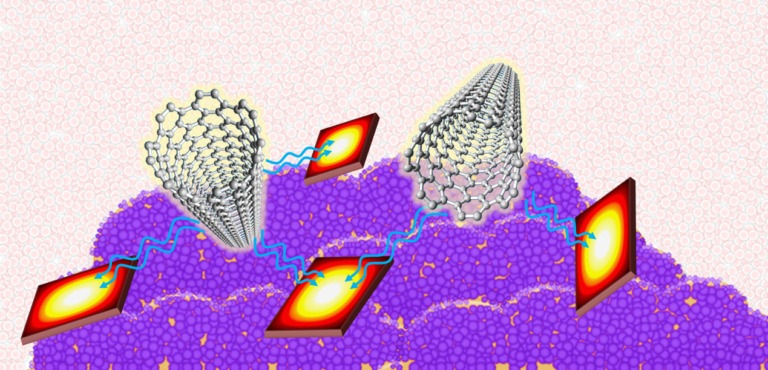
We work on carbon-based spaser design in Graphene and CNTs are the two allotropes of carbon that are widely used in optoelectronic applications due to their remarkable optical and electronic properties. They possess a honeycomb lattice structure, which a graphene nanoflake (GNF) resonator is coupled to a carbon nanotube (CNT) gain element. We demonstrate that the optically excited CNT can nonradiatively transfer its energy to the localized plasmon modes of the GNF because of the near-field interaction between the modes and the CNT excitons. By calculating the localized fields of the plasmon modes and the matrix elements of the plasmon-exciton interaction, we find the optimal geometric and material parameters of the spaser that yield the highest plasmon generation rate. Our study of the novel spaser design involve finding the SP modes supported by the square GNF, calculating the gain characteristics of the CNT, evaluating the matrix elements of the SPexciton interaction, and analyzing the spaser performance. The proposed all-carbon spaser can be realized using the modern nanofabrication techniques and used as an ultracompact coherent source of surface plasmons for nanophotonics applications.
This project is supported by Monash University’s Institute of Graduate Research and Australian Research Council for its Discovery Early Career Researcher Award and Discovery Grants